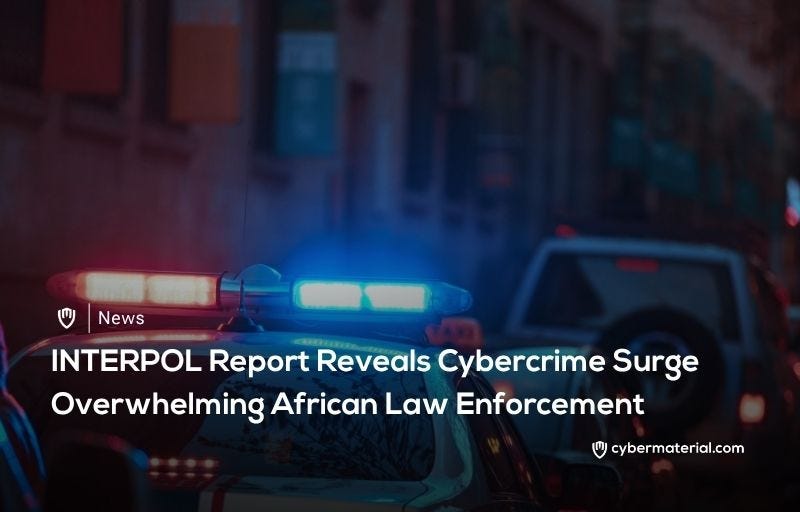
A new INTERPOL report has raised alarms over a dramatic and very significant surge in cybercrime across the African continent. The 2025 Africa Cyberthreat Assessment Report states over 30% of crimes in some regions are now cyber-related. Two-thirds of the African member countries surveyed confirmed that all of these cybercrimes now constitute a high proportion. The report paints a concerning picture of a rapidly evolving digital threat landscape which is compounded by emerging risks.
The most prevalent cyberthreats that have been identified by the report include various online scams and phishing attacks.
These have seen a staggering rise in some African nations, with suspected scam notifications increasing by up to 3,000%. Ransomware attacks have also escalated in 2024, with South Africa and Egypt bearing the brunt of these attacks. Other digitized economies like Nigeria and Kenya are also similarly affected, with their critical infrastructure being targeted.
Despite all of the escalating cyberthreats, law enforcement capabilities across the entire African continent remain woefully inadequate. The report reveals that ninety percent of African countries acknowledge a dire need for significant enforcement capacity improvements. Resource constraints, insufficient training, and a lack of specialized tools hinder many effective responses to these online attacks.
Basic IT infrastructure for combating cybercrime is also scarce, with only thirty percent of countries possessing reporting systems.
Despite all of these challenges, some African nations have made some strides in bolstering their overall cyber resilience. INTERPOL’s coordinated operations, such as Operation Serengeti and Operation Red Card, have yielded over 1,000 total arrests. These operations have also dismantled many malicious networks, showcasing the potential of an enhanced operational law enforcement capacity. The report proposes six strategic recommendations, including strengthening both regional and also important international law enforcement cooperation.
Reference:
The post INTERPOL Reports Africa Cybercrime Surge first appeared on CyberMaterial.


